
IN CONVERSATION WITH LITTLE SIMZ
On being brave: Numéro Berlin spoke with Little Simz about her freshly released sixth…
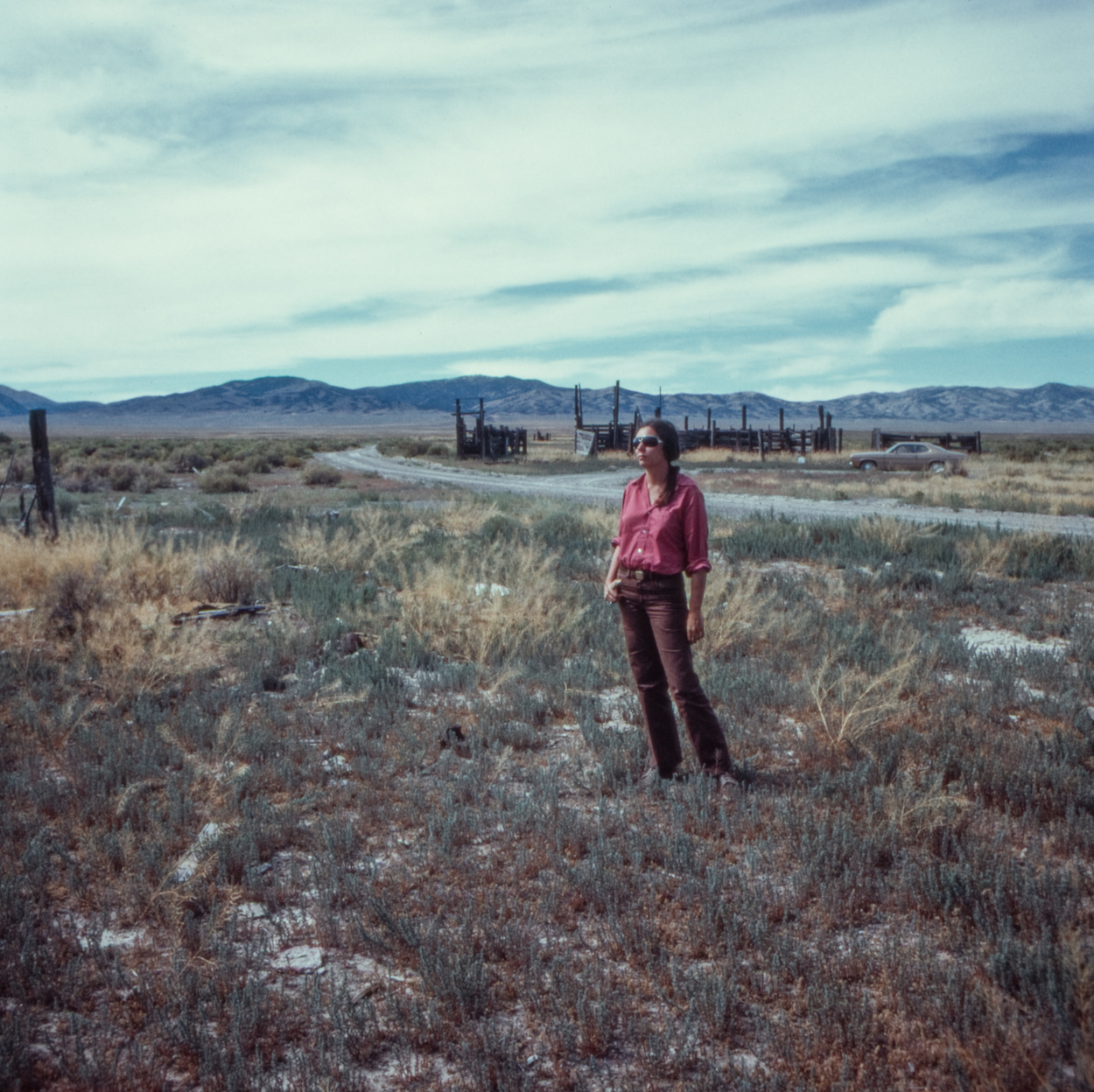


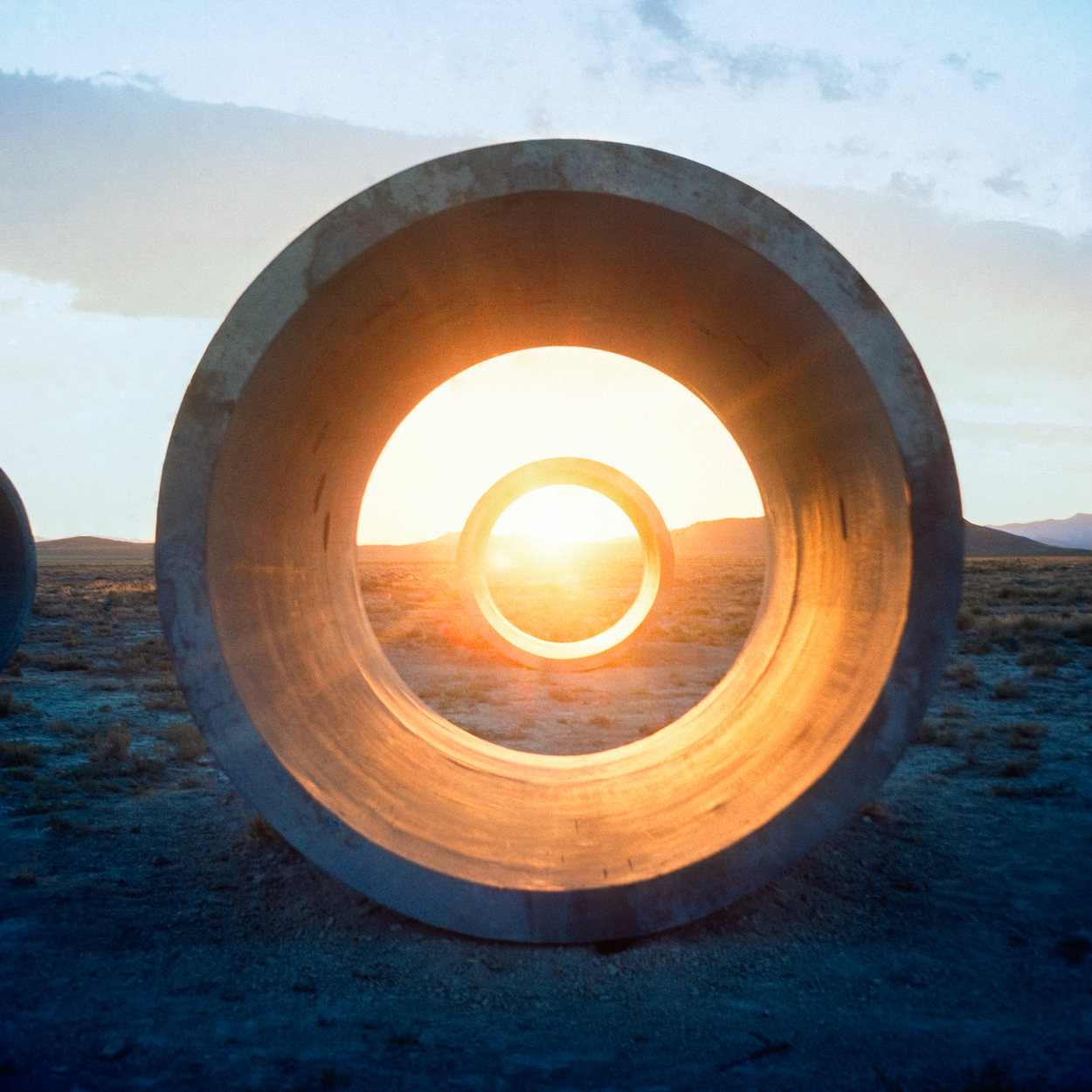

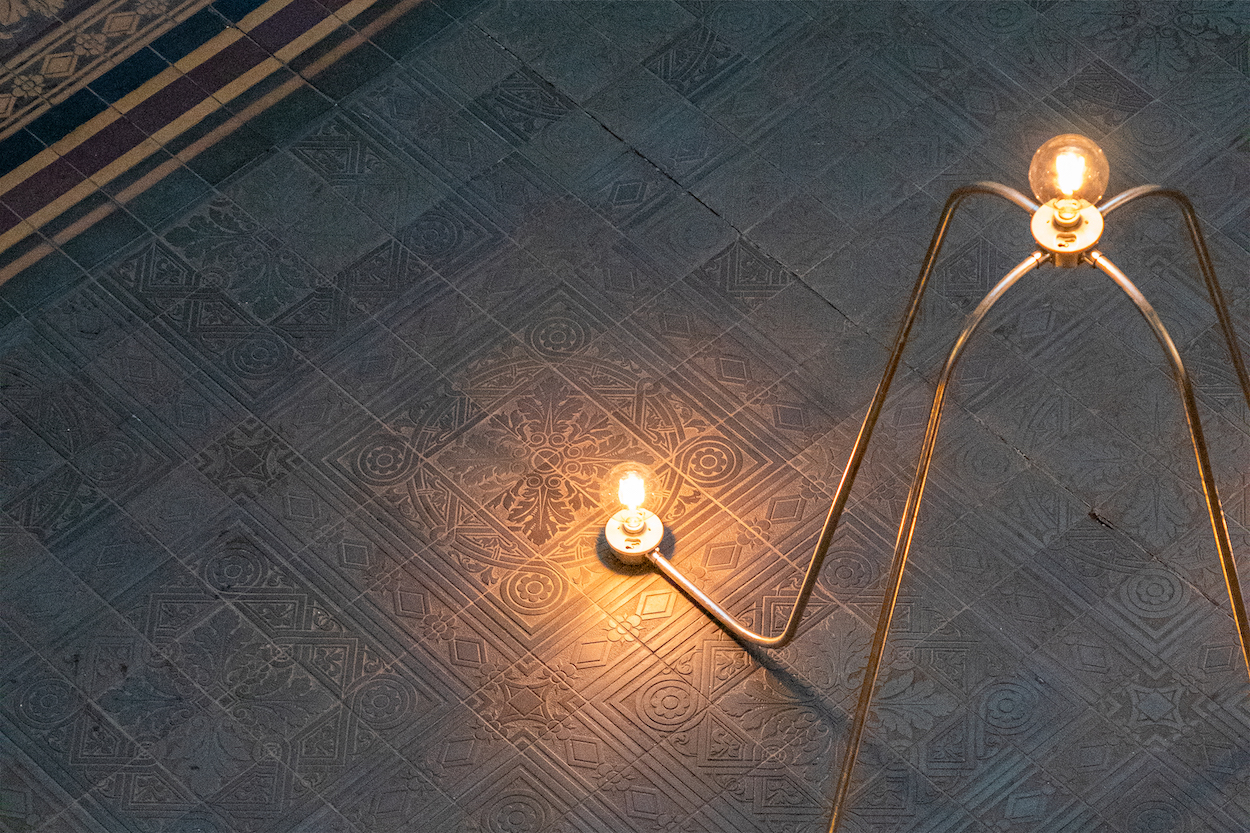
American artist Nancy Holt (1938-2014) was renowned for her pioneering work in land art, public sculpture, and installation art. Berlin’s Gropius Bau is now dedicating a major exhibition to her. We spoke to curator Dr. des. Clara Meister on why this artist was so far ahead of her time.
What fascinates me about Nancy Holt is that she was a wanderer between worlds. She had a lot of conceptual thoughts.
For example, she experimented with so-called Earth Works. In the 1970s, ecological art emerged, which was not about solid objects or sculptures in nature like Land Art, but about dealing with the environment and sustainability.
From today’s perspective, Nancy Holt was visionary because she has always included ecological aspects in her doing. There is a work called “View through a sand dune.” It is a pipe that was pushed through a dune. For Nancy Holt, the pipe was a locator that directs the gaze and therefore attention. We all experience it: When you put a frame around something, a cinematic narrative develops, a distinction between inside and outside, a new perception. You think about your own location and gain a new awareness of yourself and your surrounding.
For Nancy Hold, it was absolutely crucial that scientists told her that this work was not harmful to the environment, but rather slowed down the erosion of the dune. She studied biology herself and always did a lot of analysis beforehand. She involved researchers, residents and other people in her work, without any hierarchy. When she did a work in nature, she always spent a long time in that place, for example she slept in the desert. She wanted to connect with this certain place on an intimate level. No matter where she went, she was never indifferent. She had care and respect.
The title of the exhibition, “Circles of Light”, comes from a text by Nancy Holt. This alone shows three aspects. Firstly, words. Nancy Holt wrote texts and poems and worked a lot with her own voice. In the 60s and 70s the role of women was very different from today, often they were not heard. But she didn’t accept this role. She did self-interviews which she later published on Artforum. She wanted to communicate and not wait for someone to approach her. How can I get people to listen? How do I bring my concerns into the world? She asked herself that over and over again.
The second aspect is circles, which appear in different forms in many of her works. Round mirrors, sand tunnels, pipes… It’s always about the circular, about cycles in general.
The third aspect is light. Nancy Holt has dealt with both the natural and the electrical. At the Gropius Bau we show her largest system work to date: “Electric Lights” from 1982. It is a walk-in vault made of pipes and lights that invites you to stay. You can lie underneath it and let it work its magic, it’s healing and meditative.
This installation has never been realized on this scale before. It comes from a group of works that deals with the systems that move energies and resources around us. Nancy Holt wanted to make them visible and create awareness of the processes behind everyday actions like turning on a light switch.
Nancy Holt’s art is never dominant, but rather allows the viewer their own agency. She wants to leave things open. She doesn’t use a lot of material, everything is reduced, light and ethereal.
Nancy Holt is not an easy artist to exhibit. Many of her works are in the middle of nature. What we can show is the creation and the thought process behind them. In this way, we are trying to make Nancy Holt better known to the general public, because many of her ideas fit so well into today’s times. But so far she is known more in a niche. There are huge fans of Nancy Holt who make pilgrimages to her works worldwide, no matter how remote they are.
Nancy Holt did not see herself as part of a feminist art movement. Nevertheless, her life and career was very feminist for the time. It was also rare that she produced such colossal art that was otherwise typically made by men. She lived feminism instead of proclaiming it.
Nancy Holt
„Circle of Light“
22.3. – 21.7.2024
Mon, Wed, Thu, Fri 11:00–19:00
Sat, Sun 10:00–19:00
Tue closed

On being brave: Numéro Berlin spoke with Little Simz about her freshly released sixth…
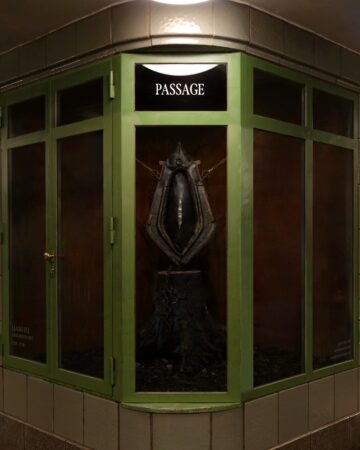
With his latest installation "SPINE BOUNDARY" at Hermannplatz, Berlin, Chinese born Artist…
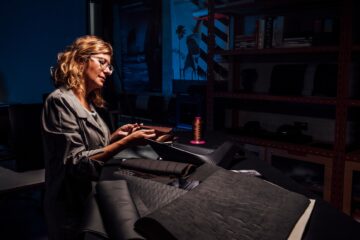
Once a challenger brand in the automotive world, CUPRA has steadily entered a new era, one…
Interview by Chiara Anzivino